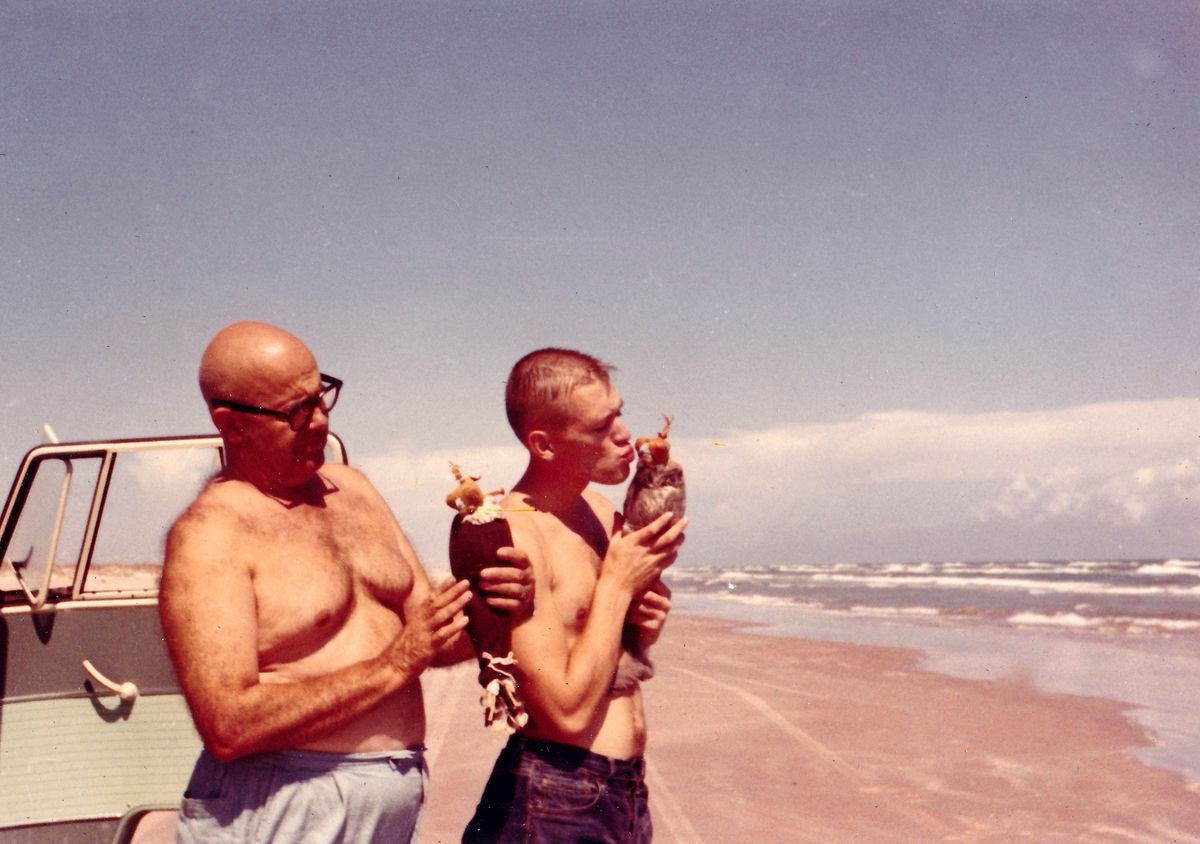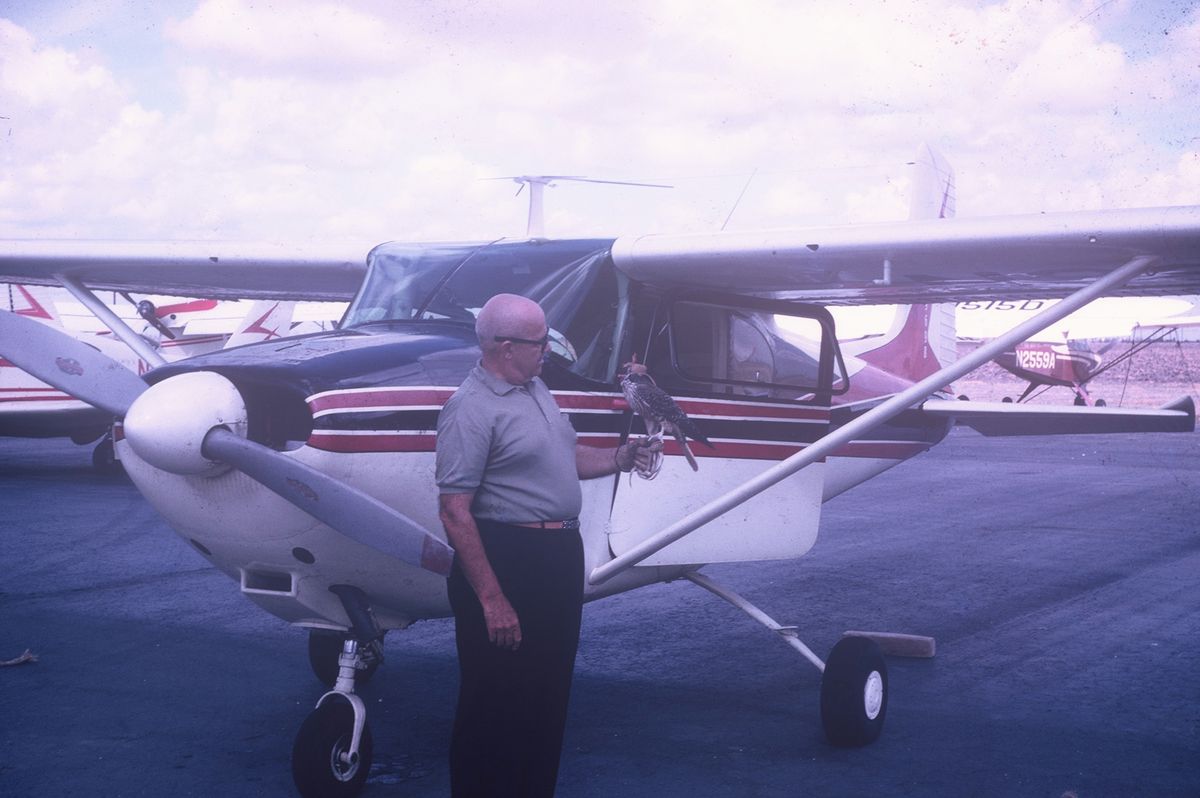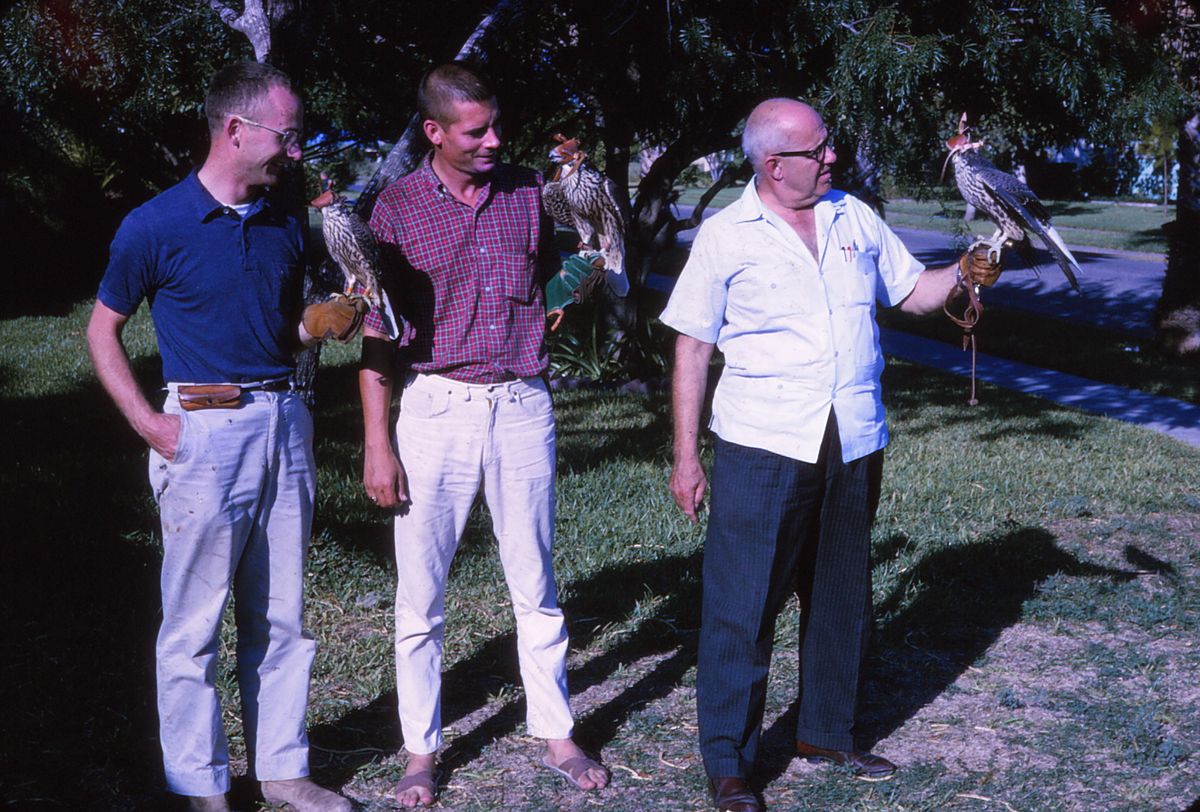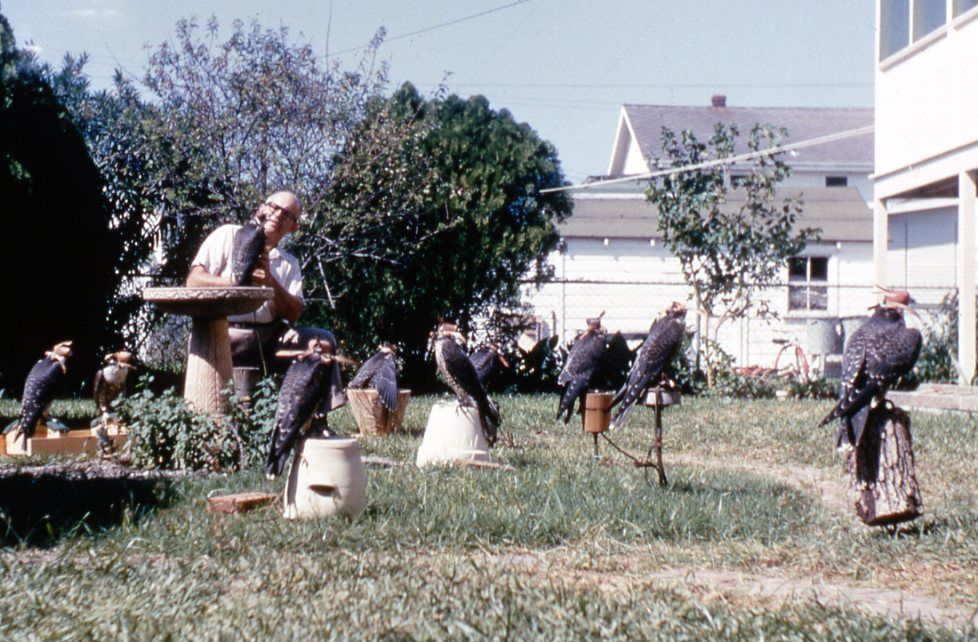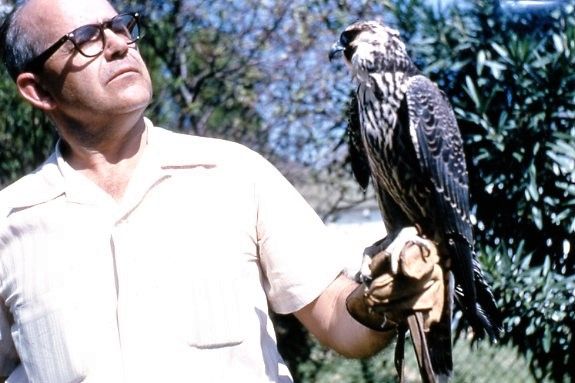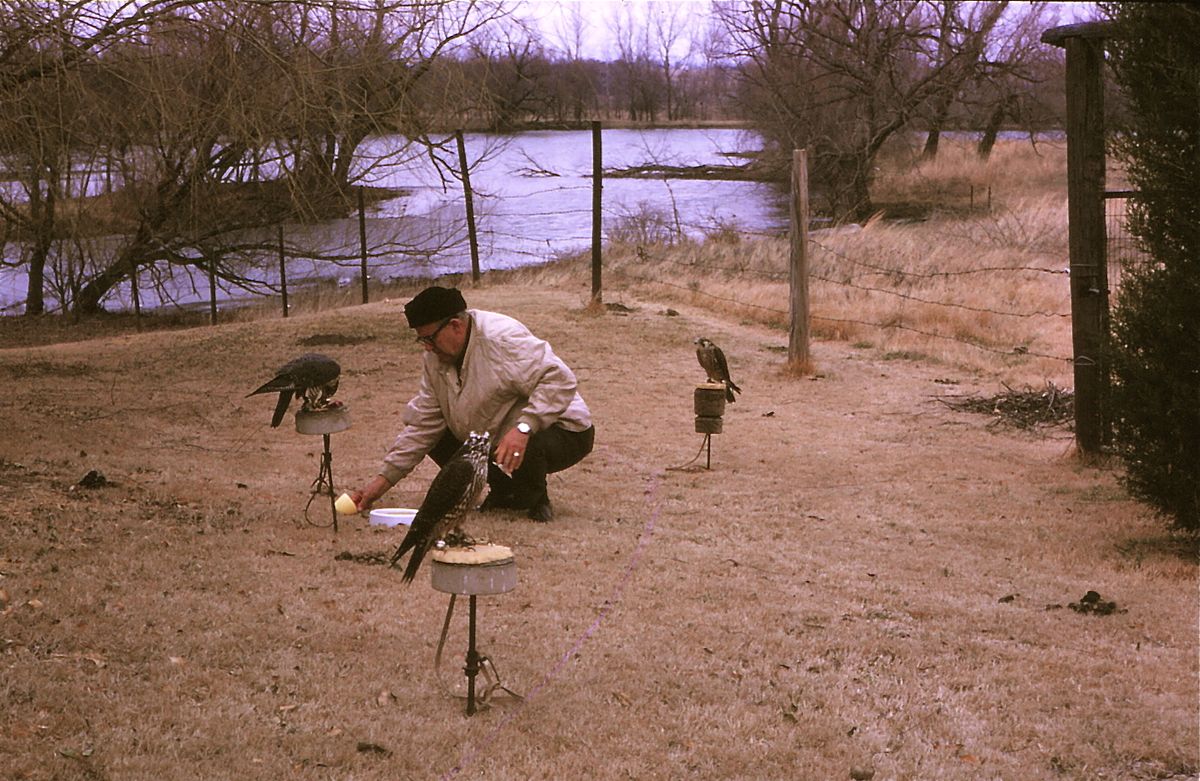You are using an outdated browser that is no longer suitable for modern web standards.
Please update (or change) your browser to view our site as it is intended to be seen. Thank you.
Fred Casler
1903 - 1965

Fred Q. Casler was born in Delta, Ohio on January 3, 1903 to John Maynard Casler and Florence Quiggle. His mother passed away when he was 13, a very difficult adjustment for young Fred. For the next few years he lived with many members of his mother’s family and he moved frequently. Due to a high school prank Fred and his classmates pulled off at school (a stink bomb in the furnace), Fred was expelled and was unable to graduate. Afterwards he attended one semester at Dayton University earning him the equivalent of a high school diploma.
Fred joined the Army Air Corps hopeful of an opportunity to learn how to fly airplanes. This was at a time when flying was becoming popular among young men and a lot of exciting things were happening. The timing was right, and he learned to fly. He also learned aerial photography while in San Antonio. He met Helen Shands, and was married in October, 1928.
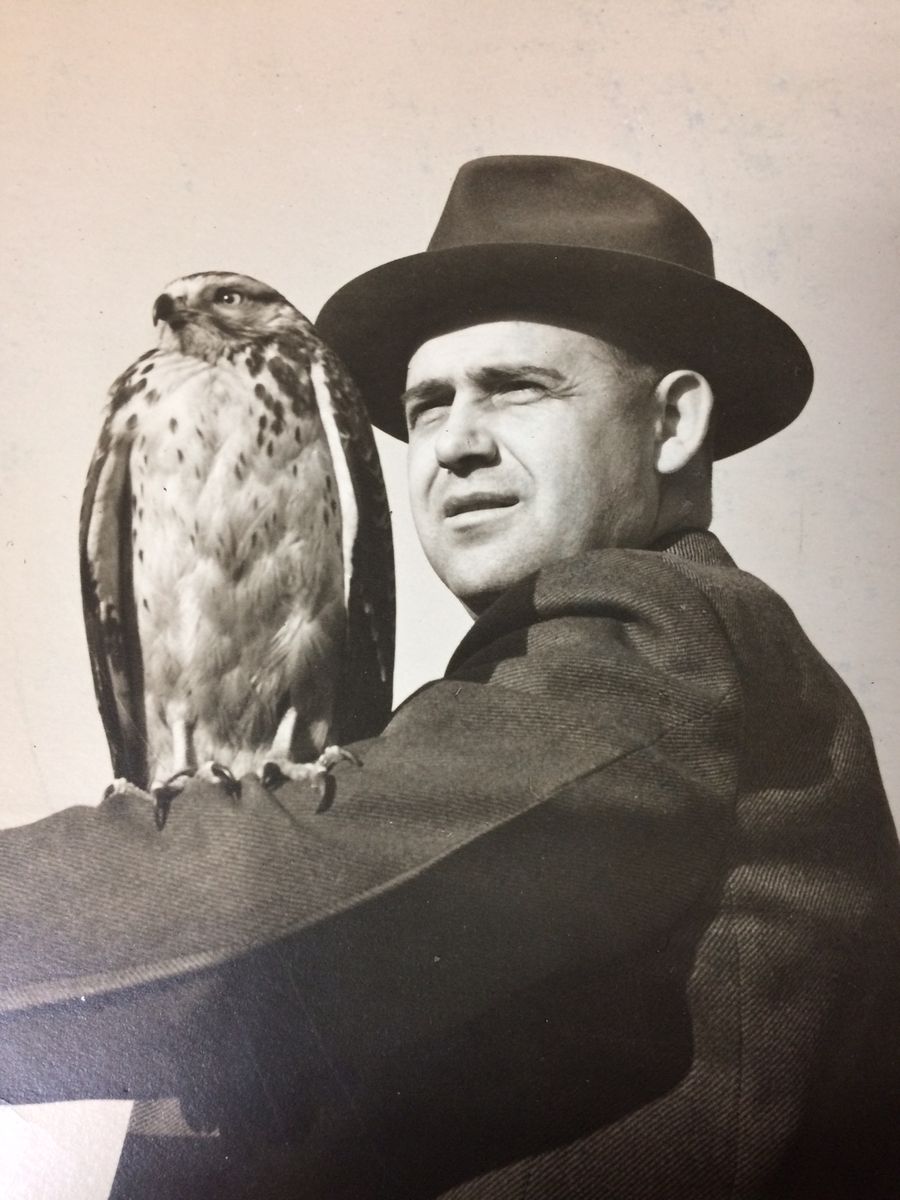
After his military stint, they moved to Dallas where Fred worked for Fairchild Aerial Photography. The post-war petroleum industry was booming and the need for pilots trained in aerial photography was in great demand. During the depression he lost his job with Fairchild. In 1933, on a return trip from Ohio to introduce his wife and first daughter, Jackie, to his relatives, they drove through Poteau Oklahoma to visit friends. They were enticed to stay in the area, and Fred opened a small portrait studio to tide him over until the depression improved. Fred thought it was interesting that people were willing to part with hard-earned money to pay for family photos when it was difficult to afford the necessities of life.
Their second daughter, Joellen, was born in Poteau and in June 1934 Fred moved his family to Tulsa, Oklahoma and started his business, Aero Exploration Company. This was the height of the oil boom in Oklahoma and Tulsa was “the oil capital of the world”.
It is not known how Fred became interested in the art of falconry. However, in 1935 he caught and trained his first bird, a "prairie falcon". He built a weathering yard for her under a grape arbor to provide shade, constructed a concrete bathing area in the shape of a three leaf clover, and made a variety of falcon blocks. He built a special “hawk house” and a loft for racing pigeons. From then on a life-long hobby ensued which immersed him in the art and skill of making hoods, jesses and bells. Fred learned many of his skills in leather-craft and bell-making from his close friend, Chief Wolfrobe Hunt, a full-blooded native American from the Acoma Pueblo Tribe. Wolf Robe Hunt was an internationally known painter, illustrator, silversmith and sculptor having received honors and awards in numerous western art museums including Phillbrook and Gilcrease Art Museum’s in Tulsa. With these skills Fred worked constantly on hood patterns and custom dyes to form bells. He constantly researched the perfect bell metallurgy, solder, and fluxing techniques believing he could perfect louder and more resonate tones.
In 1940 Fred and Helen’s third daughter Juliana was born. Shortly after Pearl Harbor Fred, at the age of 37, enlisted in the Oklahoma National Guard and went on active duty again. He released his birds and left Tulsa with high patriotic ideals. Deployed to Australia, he spent three years flying reconnaissance missions. He was then transferred to a base in Colorado to finish his service obligations. However, his stay in Colorado was short-lived. Col. Luff Meredith, Base Commander of the Army Air Base in Great Falls, Montana was able to have him quickly transferred there. Fred and Col. Meredith’s friendship continued to grow and their knowledge and expertise in falconry was shared and enriched during their life-long relationship.
Fred was discharged from the army in 1944 and returned to Oklahoma to rescue and rebuild his business. He was again very involved in all aspects of falconry including trapping and banding birds, and in honing his skills in the making of hoods, bells and other accessories. Fred loved sharing his ideas and patterns with fellow falconers in the Falconry Club of America. He was a true educator, always willing to share his expertise and new insights in falconry.
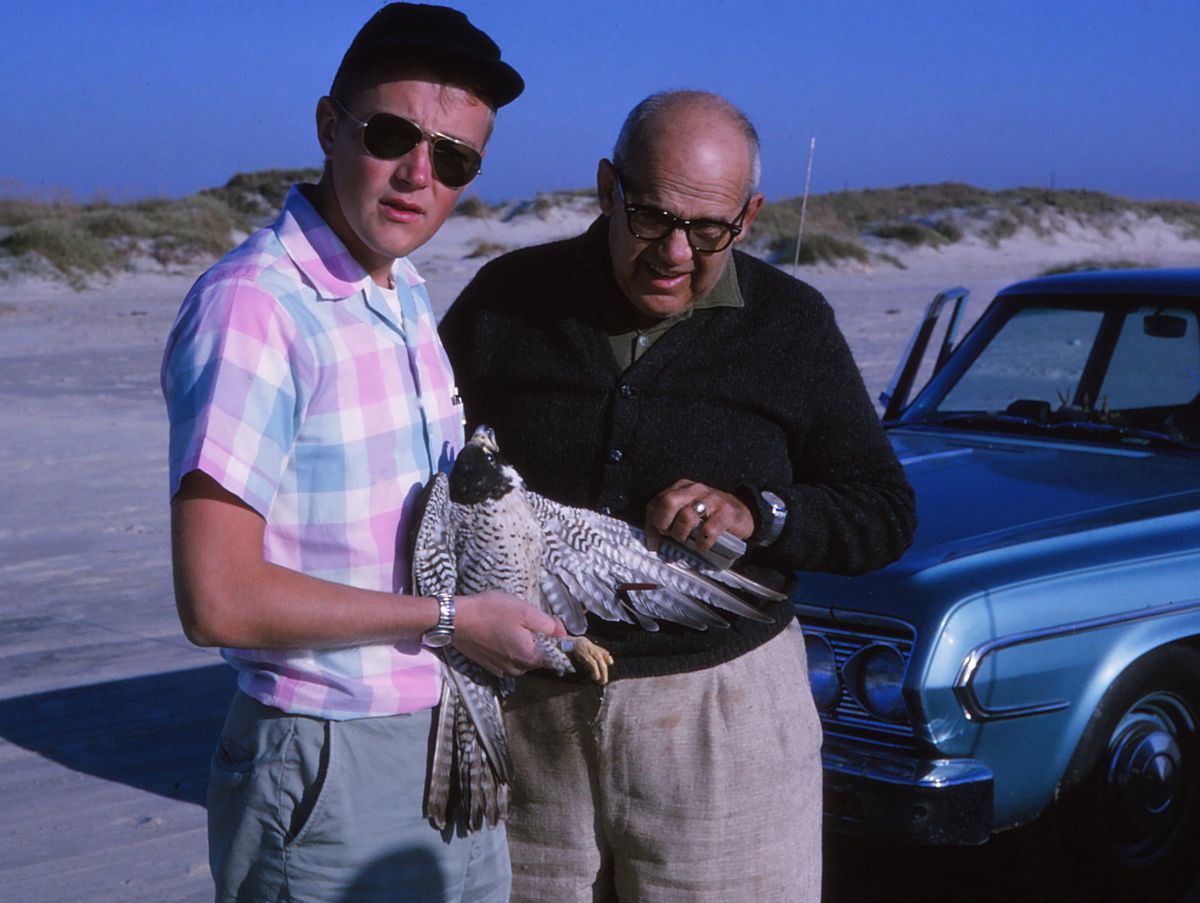
As a matter of record, Fred is credited with being the first Falconer in Oklahoma. In 1949 Fred and family moved to an 80-acre estate southeast of Tulsa. Fred pastured a few steers and maintained a native bluestem pasture. His home was surrounded by a chain of lakes stocked with game fish and teeming with native birds and waterfowl. Fred trained his falcon on racing pigeons and hawked meadow larks in his adjoining pasture which was accessible by a simple walk-over stairs across his fence. His weathering yard and mews were classical and well appointed. His mews were actually constructed as dual-purpose facilities. In addition to the normal fittings one would find in a mews of the day, Fred had also fitted nest ledges in side by side chambers with adjoining barred windows that could be opened or closed. The windows were for introducing the “pairs” to each other.
The most surprising aspect of his mews was the fitting of barred windows that hinged to the outside, allowing the chamber to be opened or closed. Fred’s dream was to breed peregrines, and then once the eggs hatched, to open the window and allow the parents to come and go and to hunt food for the young. Not too far-fetched, but certainly the dream preceded the reality of future successful breeding of falcons in captivity.
With the assistance of his close friend Hugh Davis, Director of Tulsa’s Mowhawk Zoo, Fred rehabilitated wounded raptors that were brought to local clinics and the Zoo. Fred was a master bird bander and President of the Tulsa Audubon Society. He made many public appearances as guest speaker focusing on conservation of birds of prey and their inherent value to the ecosystem. He always brought a peregrine and expounded on the art of falconry. He featured Morely Nelson’s 16 mm movie on falconry and his gyrfalcon “Tundra”. Ken Riddle accompanied Fred on some of those programs bringing his red-tailed hawk or a great horned owl. This was at a time when one would often see dead raptors lined up and hanging on fences. They were thought of as vermin and would be shot on site at every opportunity by youth, hunters and farmers.
Through the years Fred maintained a close friendship with Col. Meredith, often visiting him on his ranch in Montana, and trapping peregrines on Padre Island. Fred flew his Cessna airplane to Padre Island each fall, and together he and Luff and “Doc” Charles E. Hall would trap for a week. Each day their newly trapped birds were brought home and perched on the lawn and then brought indoors on screen perches. They fed and handled the birds each night and by the weekend had selected the bird of their choice for training. They banded the others on Saturday, fed, and then released them. In later years’ others who trapped peregrines on Padre Island with Fred were Daniel Slowe, Bill Hawkins, Ken Riddle and E.W. “Sonnie” Heiling. All were privileged to experience those wild and free trapping adventures with Fred.
Fred was an artful man and loved sharing his crafts and ideas with other falconers. Each year at Christmas he would put a gift box together to send to falconer friends. They were decorative gifts: two Canon hoods (tiercel and falcon) were hand-tooled western-style and blocked on plaster of Paris molds. Two pairs of hand-made bells and classical hand-made swivels were also nestled in faux velvet, all displayed in a transparent Plexiglas gift box.
When asked why he didn’t sell his wares to other falconers Fred was quick to point out that if he ‘sold them it would be like being saddled with another job. He didn’t need another job and he enjoyed sharing his hobby with his friends’. Fred was also fiercely opposed to all kinds of commercialism in falconry believing that commercialism would spoil falconry by attaching monetary values to birds and equipment and thereby cheapen falconry by emphasizing money over ethics.
Probably Fred’s most valuable and artistic contribution to falconry was his craftsmanship and perfection in making and fitting falconry equipment. His dedication to falconry and tireless efforts to raptor conservation were unheard of. He mentored several interested youths (who had to be serious and persistent to gain an audience) always demanding total commitment to the health and well-being of the birds, and to ethical and honorable falconry at home and in the field.
Several years earlier, Col. Hei Heiberg, Assistant to the Commandant of the USAF Academy had invited Fred to the newly established Academy and ask him for advice on setting up the Falcon Mascot Program. Fred was extremely excited with the consultant-ship and humbled by the experience.
Fred died March 9, 1965 doing what he loved. Returning from a pipeline photography session outside Aberdeen, South Dakota he suffered a massive coronary on his landing approach, coming to rest just off the end of the runway, and surviving just long enough to have saved the life of his assistant.
Fred was only 62 years old, still active in his work and more involved in falconry than ever before. The realization of the USAF Falcon Mascot program was only a few years old but one of his most important accomplishments. There were many other things left undone in falconry that Fred had aspired to.

